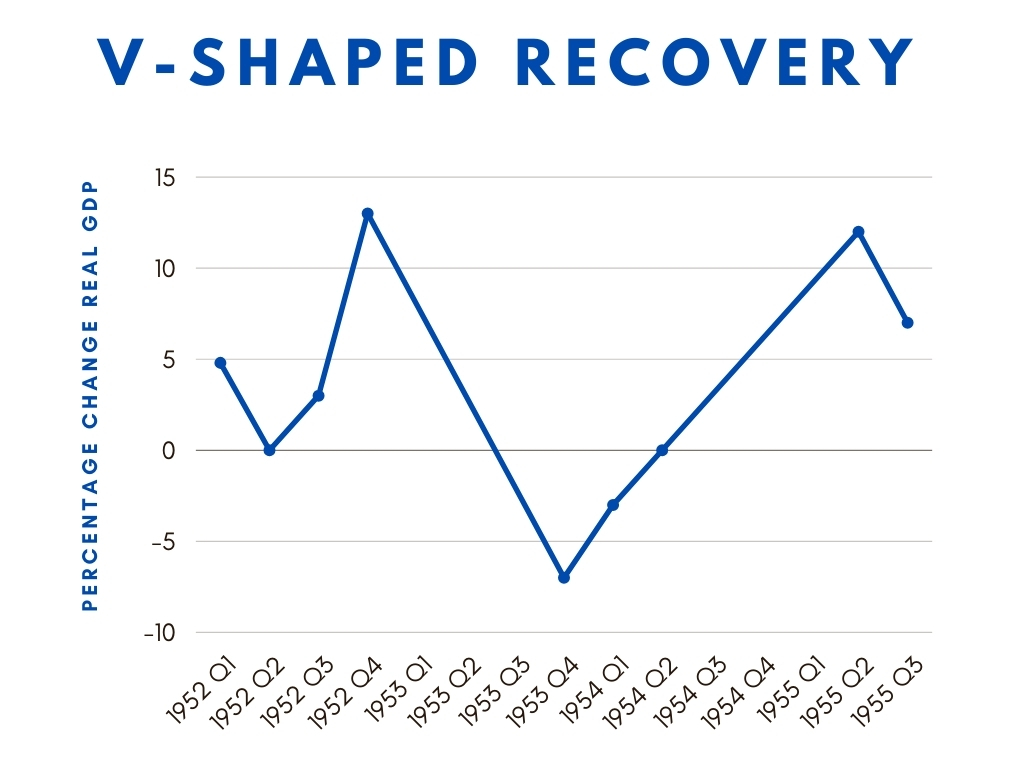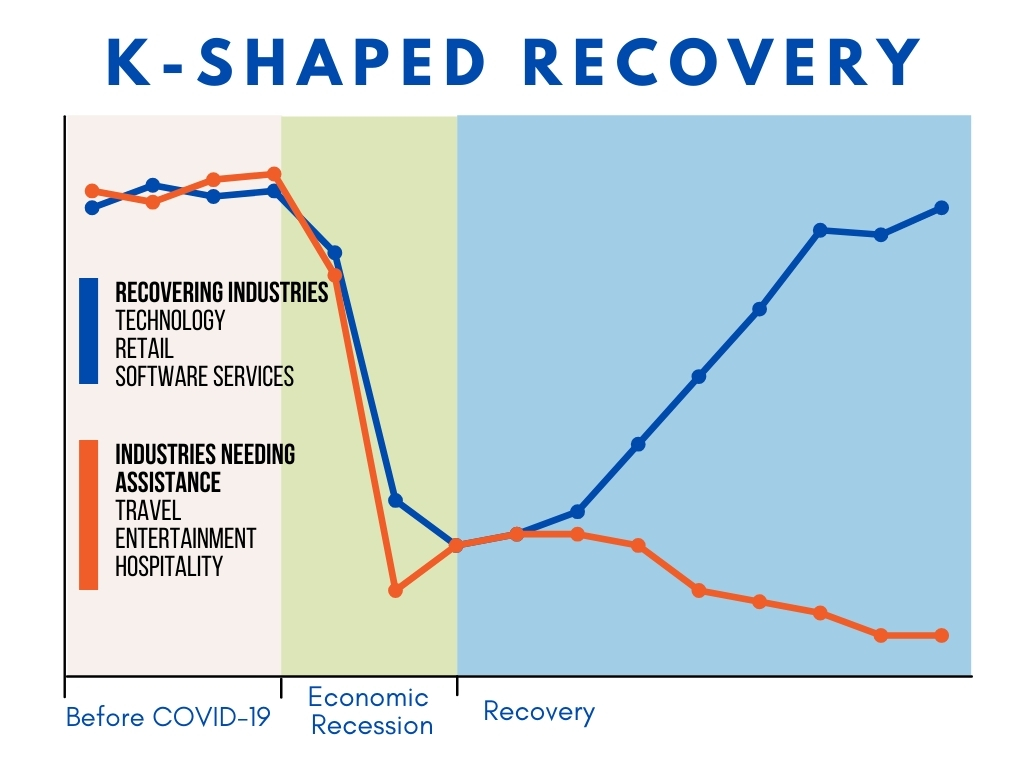7667766266
enquiry@shankarias.in
Why in news?
The pointers are indicating that India is witnessing a K shaped recovery more than V-shaped with various groups and industries recovering much more rapidly than their counterparts.


References